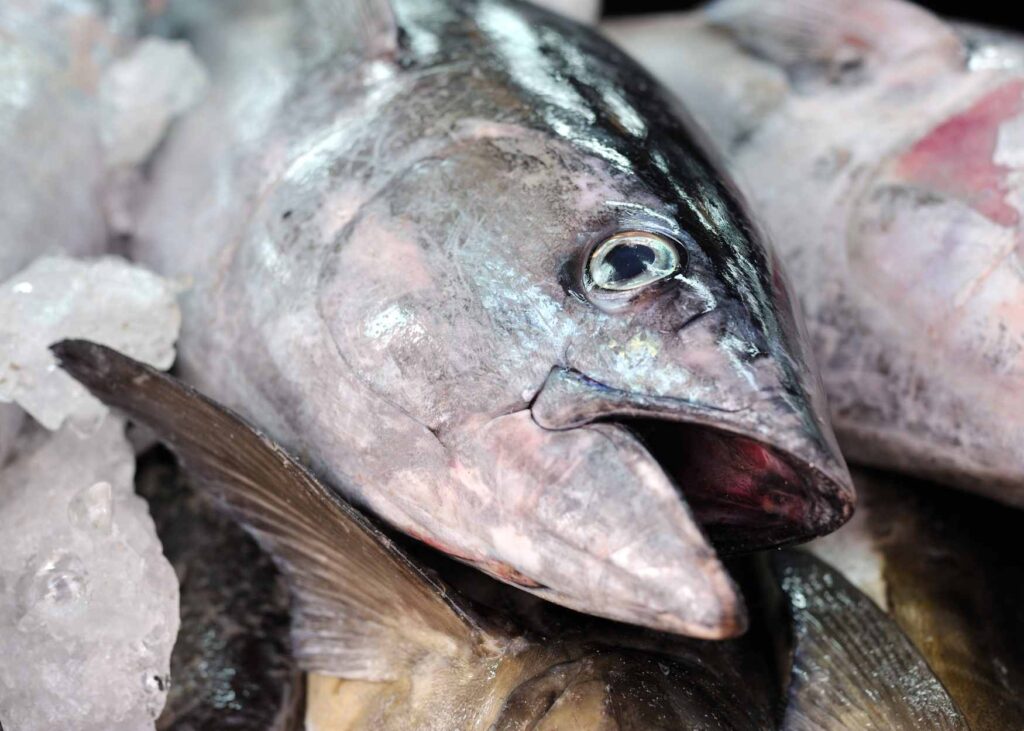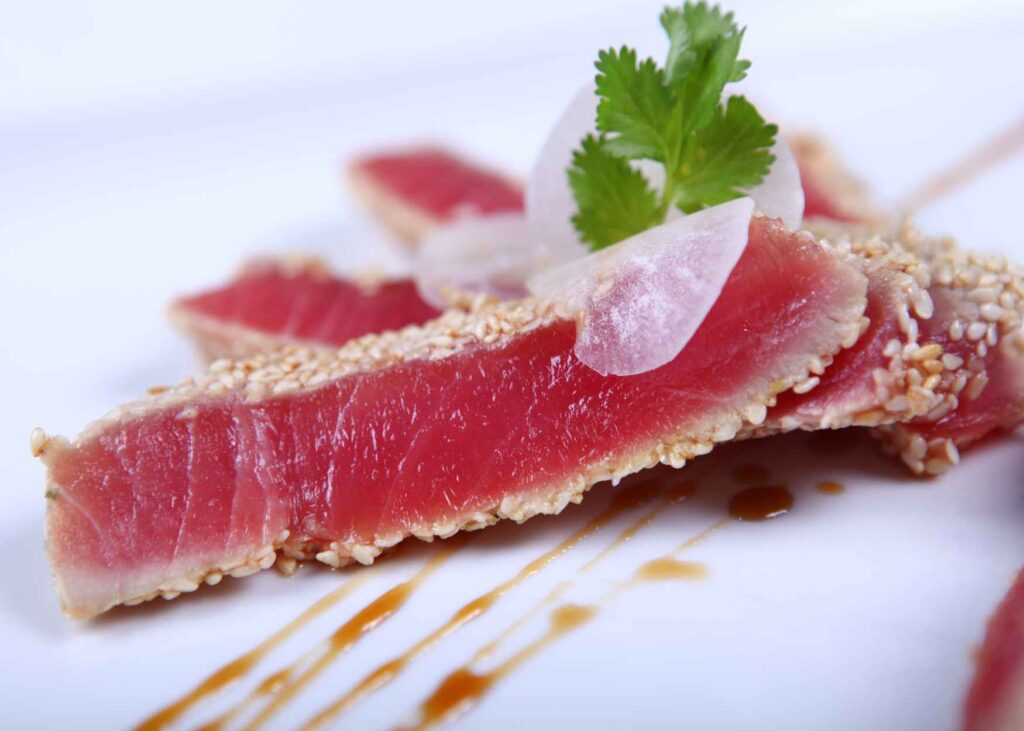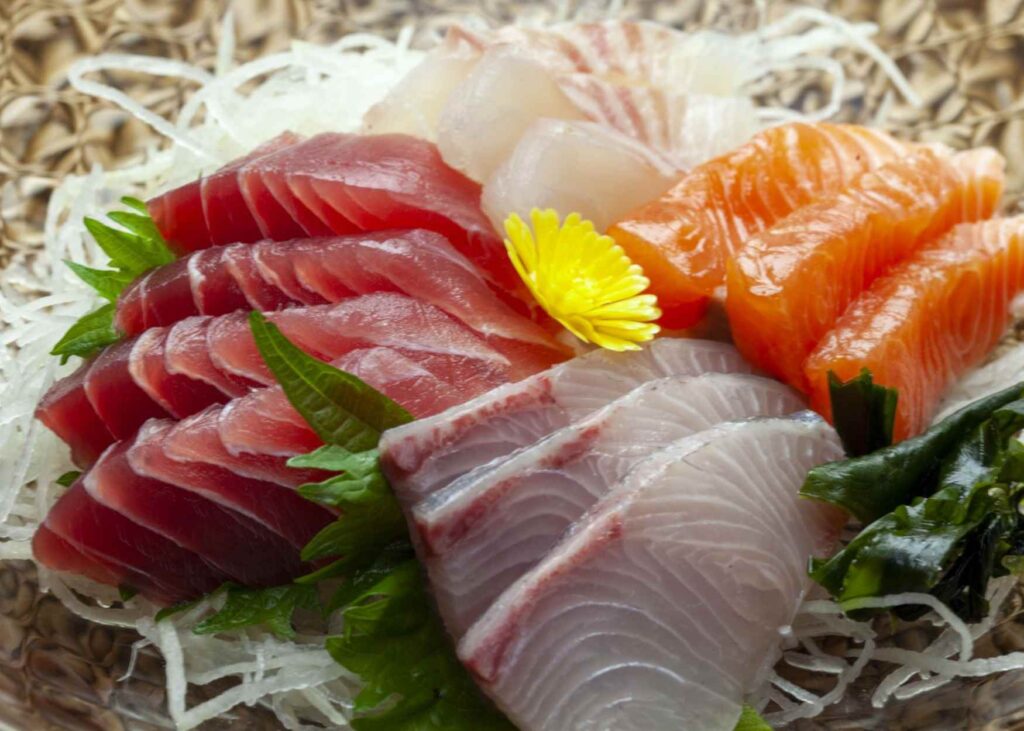
This is Why GenSan is the Tuna Capital of the Philippines.

Ever wondered why GenSan is the Tuna Capital of the Philippines? In that case, you only have to look at its location and history for an answer.
GenSan’s positioning on the southern tip of Mindanao ensures that tuna are always within reach. When it comes to producing, processing, and exporting Tuna, no one does it better than us.
Its ability to dominate the tuna industry has made it a staple of their local economy and culture.

Table of Contents
The strategic location of General Santos City
GenSan is where the Celebes Sea and Moro Gulf are hotspots for tuna fishing. This gives the city easy access to a lot of tuna.
– Tuna production and processing facilities concentrated in one place:
– 6 out of the 8 tuna canneries in the Philippines are in GenSan
– The city contains 80% of all frozen tuna processors in the country
– GenSan Fish Port has the biggest tuna port complex
Large amounts of produced tuna and exports:
– GenSan produces 40% of all tuna produced in the Philippines
– They’ve been the highest producer of canned and fresh tuna for over 40 years
– GenSan is responsible for most of the sushi-grade tuna exported around the world
A robust local industry supporting their economy:
– Around 120,000 people are employed by GenSan’s tuna industry, which is valued at approximately $58 million annually
– It spurred related industries like can manufacturing and cold storage forward
– Tuna trading has become such a pivotal point in their economy that it supports many livelihoods.
Support from the government furthers promotions:
– Local government actively promotes GenSan as the capital through Tuna and Kalilangan festivals.
– Legislation like House Bill 4641 aims to declare it as such officially.

The humble beginnings of being called “Tuna Capital” (1940s – 1960s)
In Sarangani Bay resides indigenous B’laan groups who mastered fishing. Using bamboo traps and handlines, they were able to catch on-shore tuna. Their fishing techniques let them celebrate how much they saw. But as time went into the late 1940s, migrant fishers from Visayas and Luzon started arriving.
They brought advanced fishing techniques like beach seines, drift gillnets, and ring nets. Back then, tuna was a delicacy often dried or salted. That was until they discovered the power of refrigeration and canneries.
Venturing out to the deep (1960s – 1970s)
By the 1960s, an empty feeling started to plague Sarangani Bay. But that didn’t stop the anglers who set their sights on Moro Gulf waters and the Celebes Sea.
This era introduced large motorized boats that were lovingly called “unay.” It also had refrigeration. This alone changed the game.
The 1970s invited international buyers from all over. One of them was Japan and America, which marked the beginning of the export industry for tuna.
Canneries take center stage in General Santos City (1980s – 1990s)
When the 1980s hit, tuna in General Santos reached its golden era. Giant players like RFM, Purefoods, and General Tuna came in to establish canneries for themselves.
And it didn’t stop there! By the time the next decade rolled around, six canneries were built. That’s when they officially earned their title as canned tuna capital. They also experienced a boom in infrastructure, with buildings like the General Santos Fish Port Complex and cold storage facilities ensuring only fresh catches every time.
Dominating the Mighty Oceans (1990s to the Present)
The insatiable global desire for tuna kept growing. To satisfy this never-ending demand, General Santos took its fishing endeavors to even greater depths, venturing far offshore. Equipped with state-of-the-art tools such as payers, helicopters, and sonar, the city became an unstoppable force.
Today, General Santos proudly boasts of contributing 40% to the Philippines’ tuna production, exporting only the finest sashimi-grade tuna. Far from being just a delectable seafood source, the tuna industry now provides livelihoods for over 100,000 workers, making it the lifeblood of the city’s economy.
What are the types of Tuna caught in General Santos City
General Santos City is home to a multitude of tuna species, each playing a significant role in both the local economy and culinary landscape.
Yellowfin Tuna (Thunnus albacares) – This abundant and economically vital species reigns supreme in GenSan, accounting for over 50% of the catch. Its sought-after status is attributed to its excellence in sashimi and canned tuna offerings.
Skipjack Tuna (Katsuwonus pelamis) – As the second most prevalent tuna variety in these waters, skipjack makes up approximately 25-30% of the catch. It finds purpose in canning and local consumption.
Bigeye Tuna (Thunnus obesus) – Renowned for its high value and export potential as sashimi-grade fare, bigeye tuna possesses a high-fat content that makes it ideal for grilling purposes.
Frigate Tuna (Auxis thazard) – Constituting around 8% of the catch, frigate tuna is a smaller species utilized by local canneries and markets.
Eastern Little Tuna (Euthynnus affinis) – The diminutive eastern little tuna accounts for less than 1% of the overall catch.
Other tuna species, including albacore and bluefin, are present but in lesser quantities.
Distinguishing Yellowfin, Skipjack, and Bigeye Tuna
Yellowfin Tuna
This remarkably abundant and economically significant species comprises over 50% of the global tuna catch. Habitats include tropical and subtropical oceans around the world.
Growing up to a prodigious 2 meters in length and weighing in at a hefty 200 lbs, yellowfin is nothing short of impressive.
Highly coveted for its sashimi-grade quality, sushi appeal, and luxurious canned tuna applications.
Its reddish-pink flesh boasts a moderate fat content alongside a firm texture, resulting in a rich and full-bodied flavor experience.
Skipjack Tuna
As the second most commonly caught tuna species after yellowfin, skipjack enjoys extensive use in canning endeavors.
It is found across tropical and temperate waters worldwide. Typically reaching lengths of up to 1 meter and weighing up to 40 lbs. When cooked, its dark red meat exhibits a low-fat content and soft and flaky texture.
It is known for its robust “fishier” flavor profile compared to yellowfin.
Bigeye Tuna
As the third most captured tuna species globally, bigeye accounts for approximately 18% of the total catch. Its presence spans across tropical and temperate seas around the world.
Growing well beyond 2 meters in length with potential weights reaching an impressive 400 lbs.
Highly sought-after as sashimi-grade fare due to its high-fat content. Additionally, it is sold fresh or frozen for various culinary applications.
Boasting red meat intricately marbled with high-fat levels, bigeye’s tender texture amplifies its rich and succulent flavor profile.
The diverse range of tuna species in GenSan enables it to cater to export markets for sashimi, sustain local canneries, and support a thriving tuna cuisine industry. This significant volume and variety have solidified its reputation as the tuna capital of the Philippines.

Beloved Tuna Delicacies in General Santos City
Tuna Kinilaw
A tantalizing ceviche-style dish featuring raw tuna cubes marinated in vinegar, kalamansi juice, ginger, onions, and chili peppers. Considered the epitome of GenSan’s culinary identity.
Grilled Tuna Parts
Indulge in grilled tuna panga (jaw), belly, and tail. The succulent texture of tuna belly is particularly revered.
Tuna Sisig
A sizzling sensation crafted by sautéing tuna meat with onions, chili peppers, and calamansi juice. A true specialty of GenSan.
Tuna Kare-Kare
Revel in braised tuna cubes luxuriating in a peanut sauce alongside an array of delectable vegetables. An innovative twist on the traditional pork/beef kare-kare using the marvelous bounty of tuna.
Tuna Embutido
Experience a delightful meatloaf-style creation showcasing ground tuna wrapped lovingly in banana leaves or foil.
Fried Tuna Skin
Delight your senses with crispy, deep-fried tuna skin, a popular appetizer (pulutan) that always pleases.
Tuna Empanada
This delightful treat consists of a savory filling of tuna and vegetables wrapped snugly in dough before deep-fried to perfection.
Tuna Spring Rolls
Let your taste buds take flight with lumpiang tuna, where an irresistible combination of tuna and assorted veggies is tightly rolled within delicate wrappers.
Tuna Innards Dishes
Explore the wonders of utilizing tuna innards such as bihod (roe) and bagaybay (male eggs) in adobos or sautés, resulting in an extraordinary culinary adventure.
Conclusion on why GenSan is the Tuna Capital of the Philippines.
GenSan’s expertise in tuna fishing is unmatched. The way they do it, process it, and export it has earned them the title of “Tuna Capital of the Philippines.”
With its location offering access to diverse tuna species and a rich culinary scene that showcases this ocean gem, GenSan is a must-visit place for anyone who loves seafood.